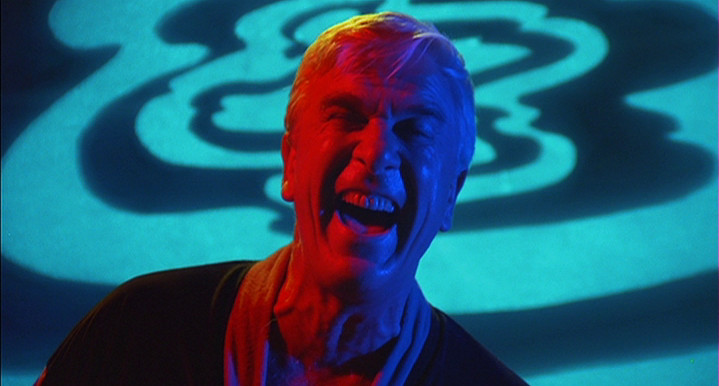
The journey of the horror genre has developed greatly over time. Displaying fear for entertainment purposes may appear to be perverse at first, but it is an all-too-real emotion people experience. Therefore, makers of cinema are free to explore the darkness behind humanity and seek out the strange noises that go bump in the night.
Horror is no longer cinema’s neglected, little secret. It continues to produce public-pleasing and critically acclaimed movies. Both large and small film studios along with the mass number of movie-goers are now understanding the value and diversity of the horror genre. With horror a proud part of the film world, it is important to look back on the movies that have fallen out spectators’ minds and claimed cult status. The films that lovers of all things macabre can discover and appreciate.
For everyone’s reading pleasure, here is a list of 10 amazing cult horror films worth a watch.
1. Stir of Echoes (1999)
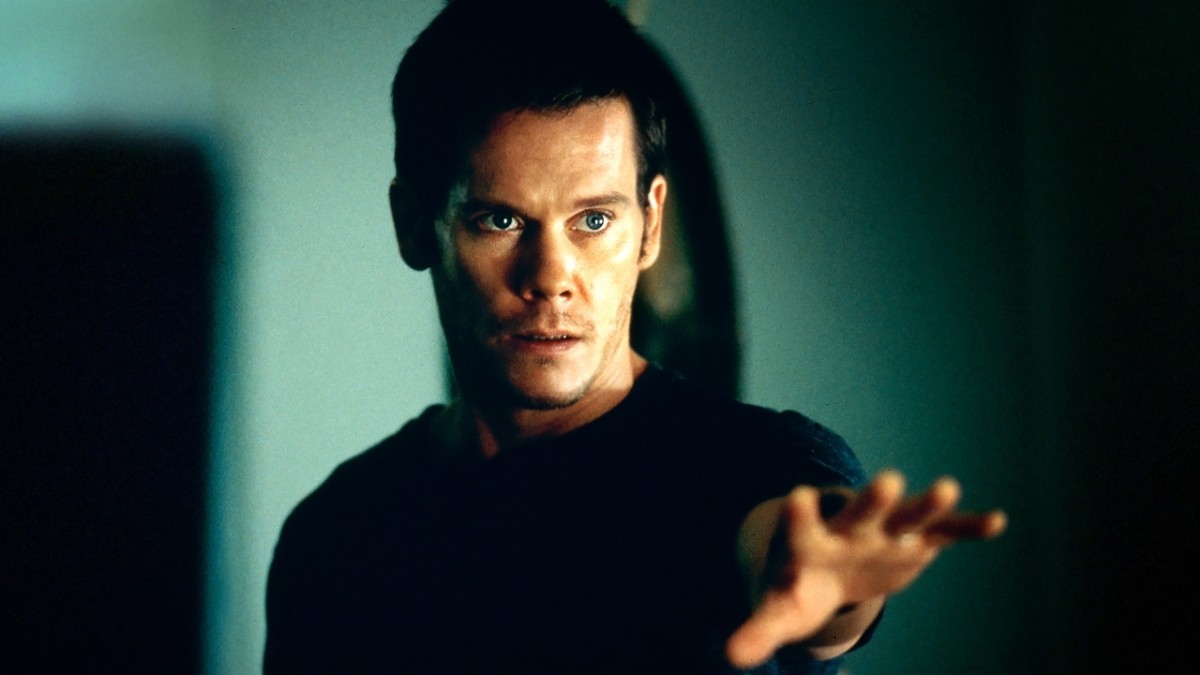
The only crime against this film is timing. Being released shortly after the ground-breaking debut of The Sixth Sense, Stir of Echoes faded into obscurity. However, this movie deserves a chance to be pulled out of the archives and played on numerous television screens.
Stir of Echoes primarily focuses on the Witzky family. Tom Witzk (Kevin Bacon) is a blue-collar worker living in Chicago with is newly pregnant wife, Maggie (Kathryn Erbe) and son, Jake (Zachary David Cope). While Tom feels painfully ordinary due to his unachieved dreams of rock stardom, Jake is anything but average as he can commune with the dead. However, Tom obtains his son’s gift after being hypnotized at a party by his sister-in-law. Tom is now visited by the ghost of a seventeen-years-old girl, Samantha (Jennifer Morrison), who disappeared six months prior. As the mystery unfolds and the ghost’s rage increases, it becomes clear everything is not so innocent in Tom’s Chicago suburb.
The A-list scares throughout the film are fantastic thanks to David Koepp and the superb acting. Koepp, both the screenwriter and director of the film, inserts interesting camera tricks and a solid mystery into this Richard Matheson adaptation. Disjointed movements from Samantha’s ghost and the point of view perspective are employed to create enthralling suspense. Quick cuts and color alterations also add to the horrifying disorientation surrounding Tom’s visions. Lastly, Bacon and Erbe are exceptional at depicting a beautifully realistic couple.
Viewers feel the horror as Erbe plays Maggie as a loving and supportive wife trying to help her husband go through something she cannot fully understand. Bacon’s portrayal of Tom is also outstanding as his acting shows a man both frightened and fascinated by his new ability to see the dead. Throughout his entire performance, Bacon depicts Tom’s terrifying obsession and his desperate need to escape his feelings of discouragement perfectly.
While unjustly dismissed due to the hype of The Sixth Sense, Stir of Echoes is a solid supernatural film with more lasting power than its highly praised predecessor.
2. Deathdream (1974)
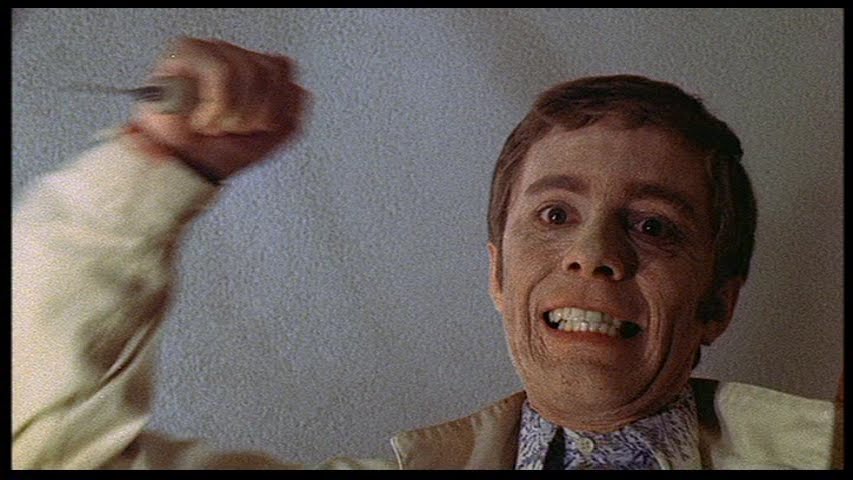
An entry from Bob Clarke, director of A Christmas Story and Porky’s, seems likes a bizarre choice for a list of cult terror, but any diehard fan of horror knows this director’s connection to the genre. Clarke’s repertoire includes 1974’s Black Christmas and his cult wonder, Deathdream. In the film, a presumed-deceased American soldier in Vietnam, Andy (Richard Backus), returns home to his parents (John Marley and Lynn Carlin). Unfortunately, things quickly turn sour as Andy’s questionable behavior becomes violent.
Deathdream’s moral of “be careful what you wish for” is nothing new. It is a lesson that can seem overdone and cliché. Luckily, the writing and direction tackle this common motif with a fresh and impactful approach. This movie applies the basic structure of W.W. Jacob’s “The Monkey’s Paw” and uses it to produce scares with a message. The film’s writing by Alan Ormsby is dripping with anti-war views and a heartbreaking kind of terror. Clarke knows how to stir up his audience’s fears. As a result, Deathdream builds tension and pushes its dynamic characters to the brink of madness that is chilling to witness.
The shocking yet thoughtful bleakness combined with its talented creators makes Deathdream a must-watch piece of cinema.
3. The Hitcher (1986)
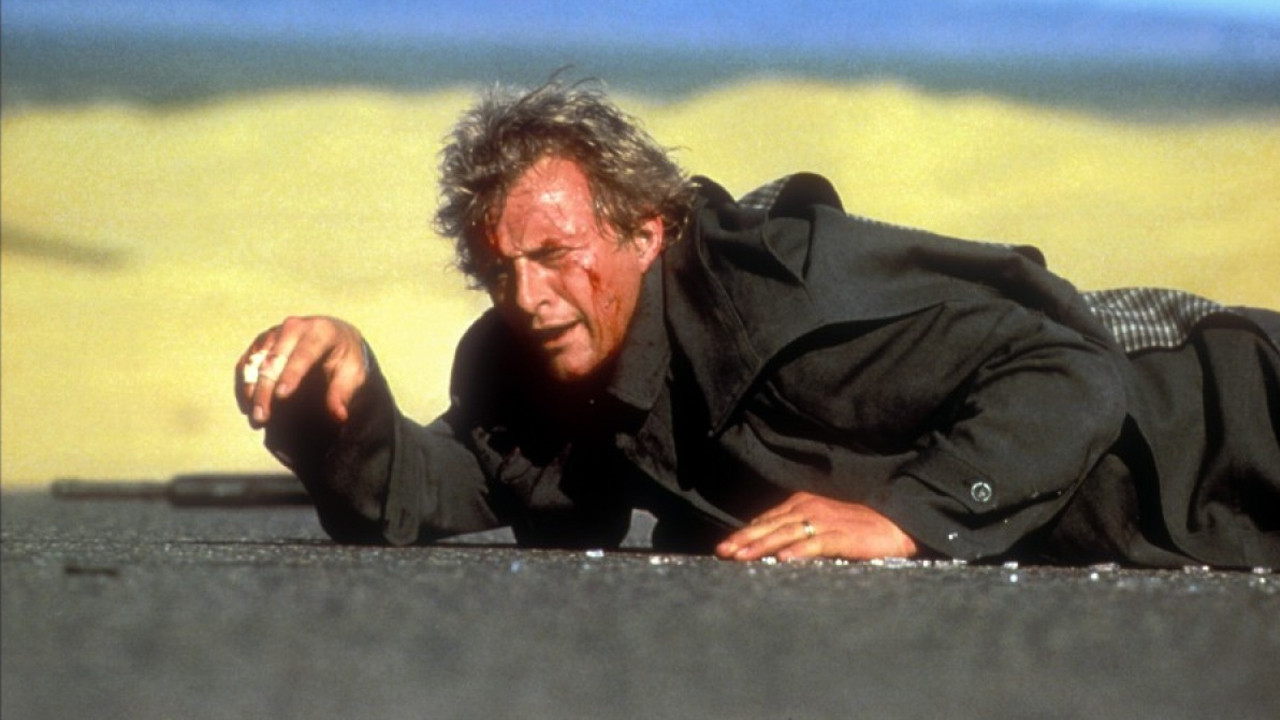
The phrase “stranger danger” have never been truer upon the release of 1986’s The Hitcher. This movie tells the tale of Jim Halsey (C. Thomas Howell). He is a man assigned to deliver a car to San Diego. On the way, he decides to pick up a hitchhiker (Rutger Hauer). The hiker quickly lets Jim know he is a killer and before this traveler can make Jim his next victim, Jim escapes. Sadly, it is only the beginning for Jim as the hitcher will not let him go that easily.
The lack of dialogue and explanation are the reasons The Hitcher is an absolute thrill ride. The limited use of words permits Halsey’s anguish to be represented by Howell’s array of emotions, and these sentiments resonate with audiences. Hauer shines and steals every scene he appears in. Because there is no backstory for the villain, Hauer does not depend on the script to sustain his performance. He relies on ominous looks, soul-crushing stares, and a demeanor that calmly revels in his hideous actions. Viewers fear for Halsey’s life and the lives of others as Hauer convincingly depicts a psychopath who is always one step ahead of the protagonist and his allies.
The minimal dialogue not only gives the actors the spotlight they deserve, but it allows for well-crafted pacing. There is never a dull moment. Scene after scene is filled with uncertainty and anxiety that keep watchers of the film completely invested at every turn.
For admirers of cult horror, skip the subpar remake and seek out the original Hitcher.
4. Creepshow (1982)
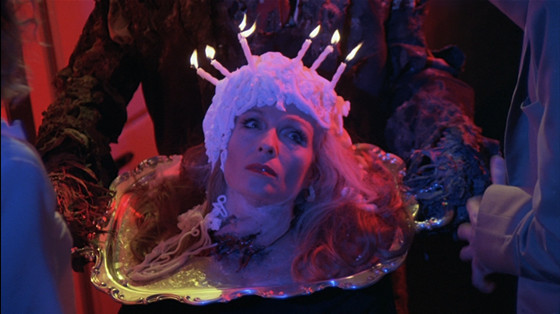
Every horror lovers’ dreams came true when George A. Romero and Stephen King teamed up in 1982 to give audiences Creepshow. The anthology format of Creepshow presents four monstrous entries. “Father’s Day” sees a corpse rise to settle some unfinished business with his well-off family. “Something to Tide You Over” shows a husband’s nasty revenge on his cheating wife and her boyfriend. “The Crate” depicts the discovery of a large, wooden box that should have never been found. “They’re Creeping Up on You” illustrates how an unkind germaphobe handles his bug problem. While the stories may differ, they prove King’s screenwriting and Romero’s direction make for a wickedly entertaining combination.
The word subtle does not work when describing Creepshow, but subtlety is not what makes Creepshow engaging. The concise stories that appear in the film are cartoonishly horrific and clearly pay homage to their source material. Inspired by the 1950’s E.C horror comics that include such titles as “Tales of the Crypt” and “The Vault of Horror”, Romero and King apply every technique they can to make the film feel like a live-action comic book. The use of panels, exaggerated acting, colorful boarders, and segments of animation are all distributed throughout Creepshow to provide the movie with an old-school mood of dread.
Creepshow boasts a strong creative team and impressive visuals that know how to blend style with genuine discomfort.
5. Sisters (1972)
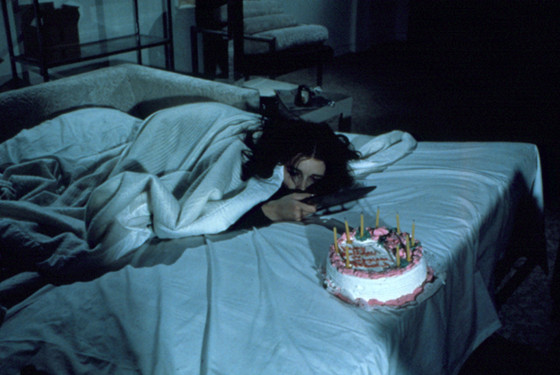
Before diving into the plot of Sisters, its origin must be discussed. The director, Brian De Palma, achieved the idea for Sisters after reading an article in Life magazine about conjoined twins in Russia. Based on that premise, the film tells the story of a journalist, Grace Collier (Jennifer Salt), witnessing her fashion model neighbor, Danielle Breton (Margot Kidder), murder a man in cold blood. Collier calls the police, but when they arrive, there is no body to be found. After the police dismiss the case, Grace decides to start her own investigation and learn the secret about Danielle’s double life.
By providing unpredictability, De Palma manages to bring a Hitchcock-styled film into the realm of niche fright. The sense of voyeurism that Hitchcock noted in Rear Window is present as a neighbor’s curiosity leads to a disturbing reveal. The employment of split screens during both the killing and subsequent police visit also make the existence of voyeurism eerie. The last concept from a Hitchcock classic is the element of surprise. By establishing a vicious deed and an unexpected death close to the beginning of Sisters, audiences quickly gain an uneasy feeling they cannot shake off.
Now, it is vital to note that De Palma does not copy Hitchcock. De Palma’s own arthouse style blends mystery with exploitation, and Sisters is no exception. Through a variety of twists and turns that never end, De Palma manages to bring a movie filled with Hitchcockian tropes into the world of cult horror.